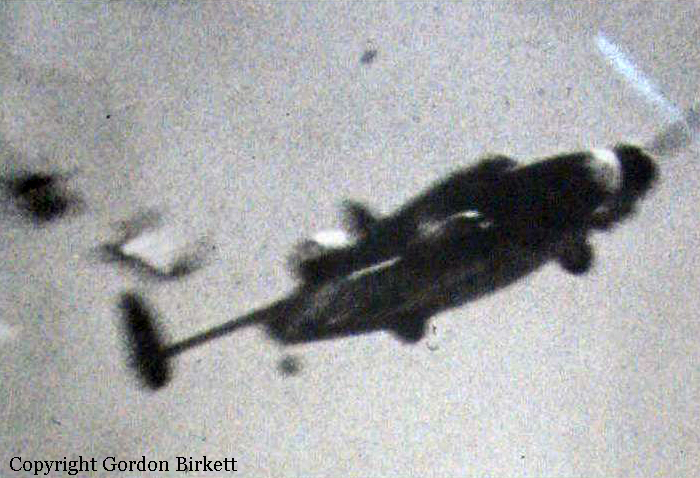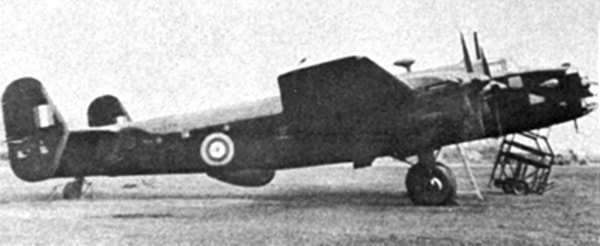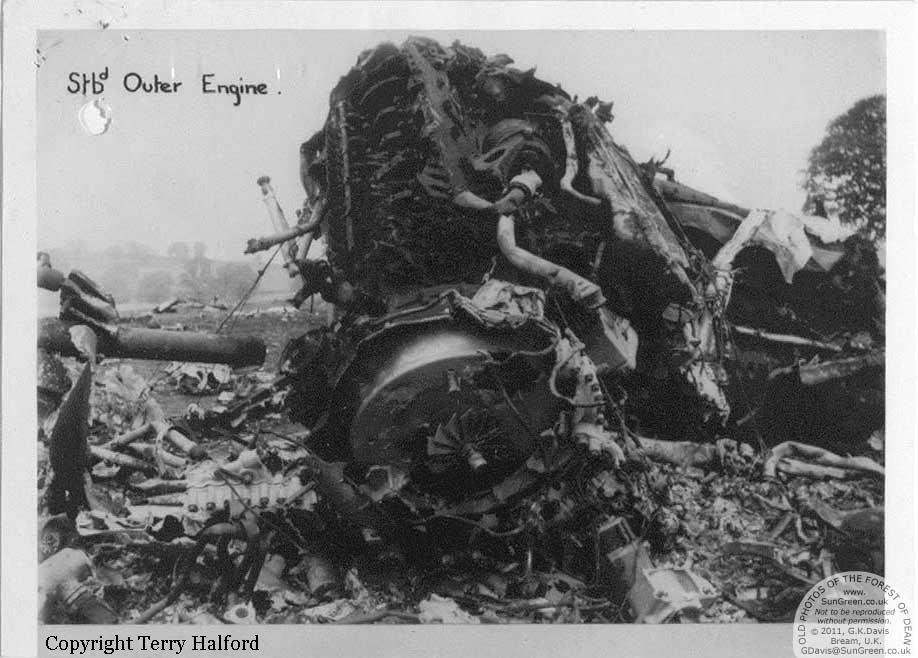Crash of a Short S.29 Stirling in Farnborough
Date & Time:
Nov 15, 1942
Registration:
L7605
Survivors:
Yes
Schedule:
Farnborough - Farnborough
Crew on board:
4
Crew fatalities:
Pax on board:
0
Pax fatalities:
Other fatalities:
Total fatalities:
0
Circumstances:
The crew was performing a test flight when on final approach, one of the engine caught fire. During the last segment, the aircraft stalled and hit the runway surface, skidded for several yards and came to rest. While all four crew members (pilots and engineers) were unhurt, the aircraft was damaged beyond repair. The accident occurred in November 1942 (exact date unknown).
Probable cause:
Engine fire on approach.








